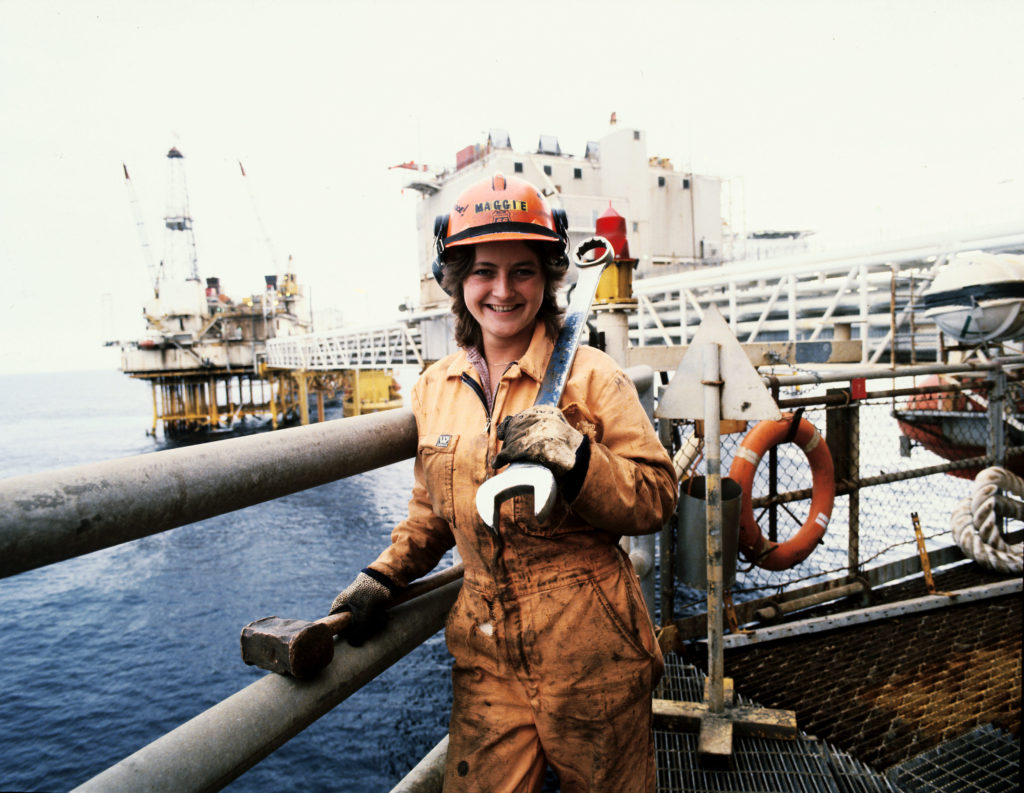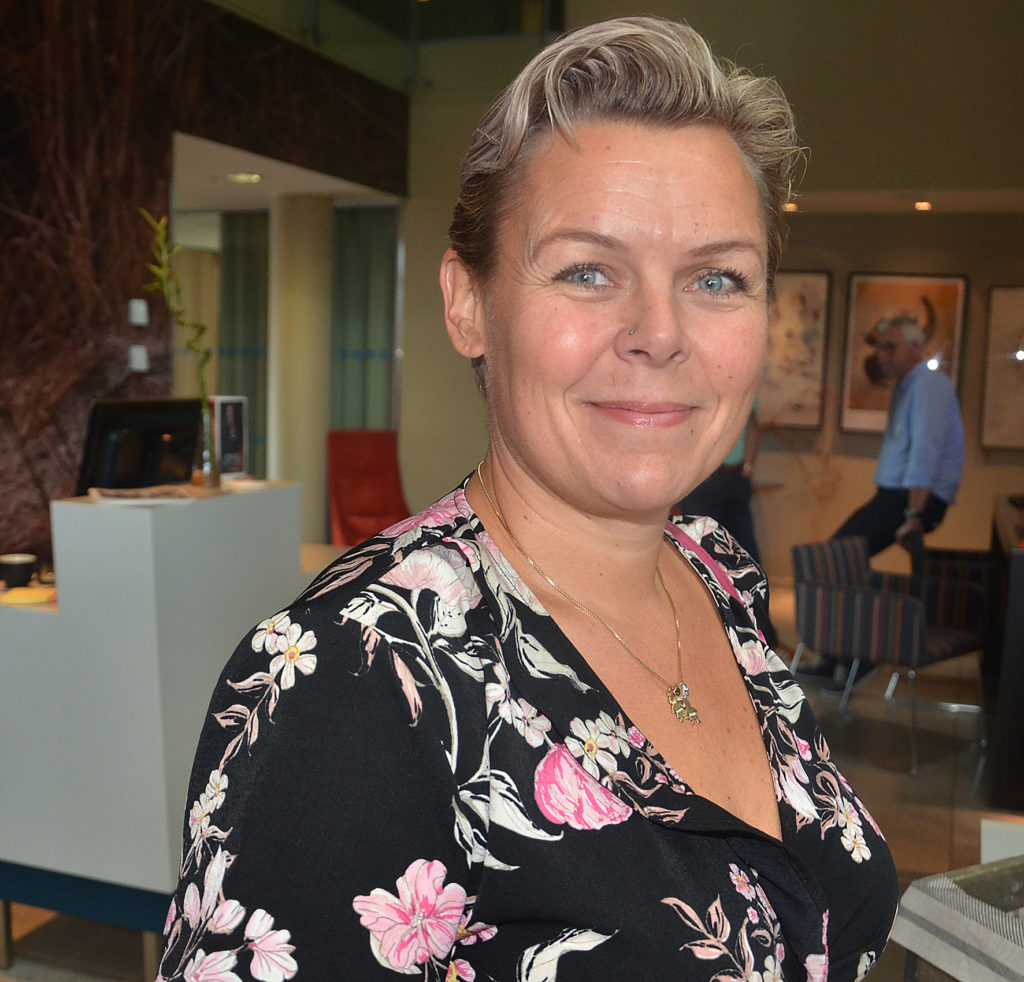Female platform

In August that year, this facility ranked as the platform in the Greater Ekofisk Area with the highest proportion of female workers.
Offshore installation manager (OIM) Anne Kristin Skipenes hoped this was the start of a positive trend. She was pleased that more women wanted to work offshore, but thought the percentage was still far too low.
According to Skipenes, ConocoPhillips had made good provision for women to thrive offshore. She thought the biggest problem in attracting more female workers was the commuting aspect. “But if you want to work, it works,” said the OIM, who was herself married with four children.
The advantage of having more women offshore was that the working environment improved, according to such commentators as safety adviser Annette Hodne on 2/4 K-B. “Collaboration functions a bit more easily in a group with one or more women present,” said Skipenes. “That sharpens the men up and they get a bit more flexible. Good humour, a positive attitude and a good slice of self-irony are what you need to thrive offshore.”. [REMOVE]Fotnote: Pionér, august 2005.
Female participation in the oil industry
A 2014 study by Statistics Norway observed that men represented a clear majority of those employed in the petroleum sector and related industries.
But a weak trend towards reducing this gender imbalance could be detected from 2003 to 2014, with the proportion of women rising from 16.4 per cent to 20.8 per cent over this period.
Women working offshore were generally better educated than their male colleagues. No less than 60.7 per cent of female employees in 2014 had taken higher education, compared with 36.5 per cent of the men.[REMOVE]Fotnote: https://www.ssb.no/arbeid-og-lonn/artikler-og-publikasjoner/_attachment/245120?_ts=150d1fc6ac0
 arbeidsliv, kninnearbeidsplass, mannsdominert miljø, historie, jenteplattformen 2/4 kilo-bravo, 2005,
arbeidsliv, kninnearbeidsplass, mannsdominert miljø, historie, jenteplattformen 2/4 kilo-bravo, 2005,By comparison with 2003, the trend among both women and men was for a reduction in less well-educated personnel and an increase in those with higher education.
This development was stronger for women than for men.[REMOVE]Fotnote: ibid. But the study does not provide any reasons for the differences in educational attainment.
 Jenteplattformen
JenteplattformenPresident Hilde-Marit Rysst in the Norwegian Union of Energy Workers (Safe) said on 8 March 2018 that gender differentials in the oil sector remained relatively unchanged.
Most of Safe’s women members offshore were in occupations typically regarded as “female”. Little had altered in that respect over the years.
“The biggest proportion of women are found in the catering companies. Coor, Ess and Sodexo have female representation of more than 50 per cent,” Rysst observed.
“That contrasts with well services, oil services and the insulation, scaffolding and surface treatment (ISS) trades, where women are few and far between.
“Safe has one per cent female members in a contractor like Beerenberg, and in some companies we have none. Women in boiler suits are fewer than those in catering gear.”[REMOVE]Fotnote: https://safe.no/tradisjonelle-kvinneyrker-oljeindustrien/.
Reducing emissions to the airWater treatment with CTour